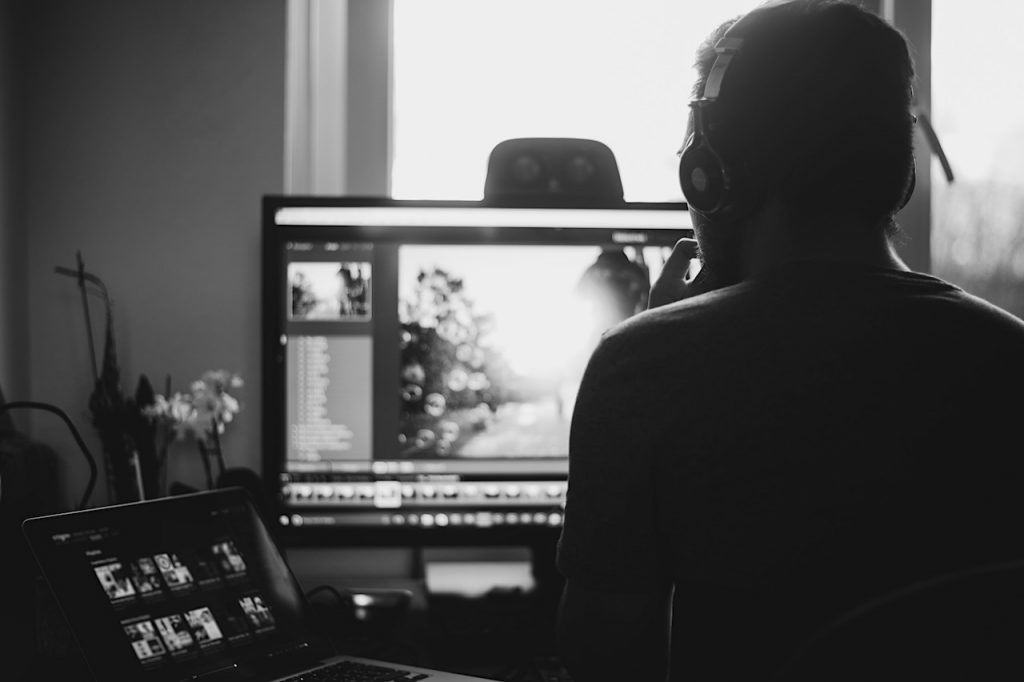How to differentiate between legitimate enhancing of a photograph and manipulation that aims to distort the truth?
There is no clear answer to this. Different image processing practices are used in different fields of photography, even in different sections of the same paper. The ethics of photojournalism influence the guidelines: how realistic or truthful is the image of reality that will be presented.
The strictest authenticity requirements of all types apply to news photographs and video inserts. In practice, only technical improvement is permitted: nothing may be added nor removed from the picture.
Different image processing practices are used in different fields of photography, even in different sections of the same paper.
Primarily, the use of photographs is regulated by journalists’ guidelines, in addition to which media houses might have their own norms. However, in many guidelines there is only a small mention of image processing, if that.
As an example of Nordic guidelines, the Finnish ones state that “in addition imagery or sounds must not be used in a misleading fashion”, and the Swedish ones that “the documentary character of photographs must be supervised. One must ensure that photographs and images are truthful, and that they are not used in a misleading way” and that “Combination photographs or other digital image processing must not be used in a way that can mislead the reader. In the case of a combination photograph or image that has otherwise been retouched, there must be a mention of image processing”. The Norwegian guidelines are quite similar to the Swedish ones, but Icelandic and Danish guidelines do not discuss image processing at all.
One must ensure that photographs and images are truthful, and that they are not used in a misleading way.
The Swedish Guidelines of ethical photography
Adnan Hajj, a freelance photographer working for the international news agency Reuters, caused uproar in 2006 when he was caught having added a smoke cloud to his photographs of bombings in Lebanon. Reuters dismissed the photographer as a result of the controversy and, in 2007 roughly six months after the incident, compiled a comprehensive guideline package on image processing for its photographers.
The Reuters guidelines are above all crystallised in the premise that only slight framing, resizing and basic adjustments are allowed. It is not permitted to add anything to or remove anything from photographs. Harsh colour adjustments, exposure adjustment and blurring are also forbidden.
Reuters prohibits, for example:
- The adding and removal of elements
- The use of a cloning or healing tool on anything other than removing small imperfections
- The use of an airbrush and/or paintbrush
- Sharpening only part of the image
- Excessive lightening or darkening
- Excessive modification of colour tones
- Using the Auto Levels tool on Photoshop
- Blurring; • Use of the eraser tool
- Quick masks for selections, such as depth of field
- Automatic camera settings, in-camera saturation styles.
In magazines, image processing is more relaxed.
In processing for a magazine, the mindset is often that things that do not permanently belong to a person such as skin problems can be removed. Sometimes portraits are improved significantly. A person may be made to appear slimmer, and wrinkles, skin problems, cellulite, varicose veins and other “imperfections” may be removed.
One very special case in image processing is advertising photographs, which do not in practice adhere to the conventions of journalism. Every now and then, heated discussion arises on the unrealistic imagery created by advertising photographs and the beauty norms arising from them.
New techniques of image processing are not a bad thing as such. They are useful tools that speed up visual production. As a common rule, it can be said that if image processing has been used for something other than improving the image’s capability to reflect reality, it can be considered an effort to mislead the viewer.
Image processing is not, as of yet, an automation: someone in the editorial office makes the decision to process or not to process a photograph. Every now and then, it is worth thinking about these decision-making processes.
Social media has also changed photojournalists’ field of action. Another great and simultaneous change has been the fact that different cheap and light cameras have become more common. The position of social media as the fifth estate is reinforced, for example, by an image where the scene of an accident is surrounded on all sides by a plethora of smartphone cameras, which together form a whole with the power of evidence, consisting of a mass of photographs pointing in every direction. The photographs of citizens may either reinforce or question the credibility of a professional photographer’s’ images.
Keep Reading:
The probative value and photographic cogency; The rights and responsibilities of a photographer
Go back to the beginning of this section.
This article was updated on January 13th 2020.




